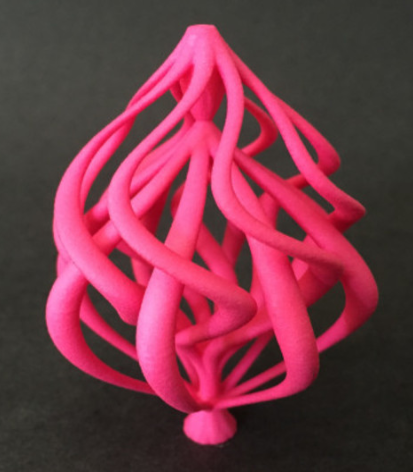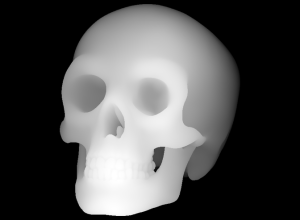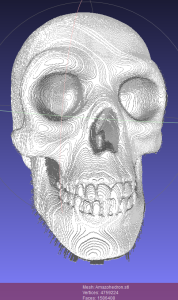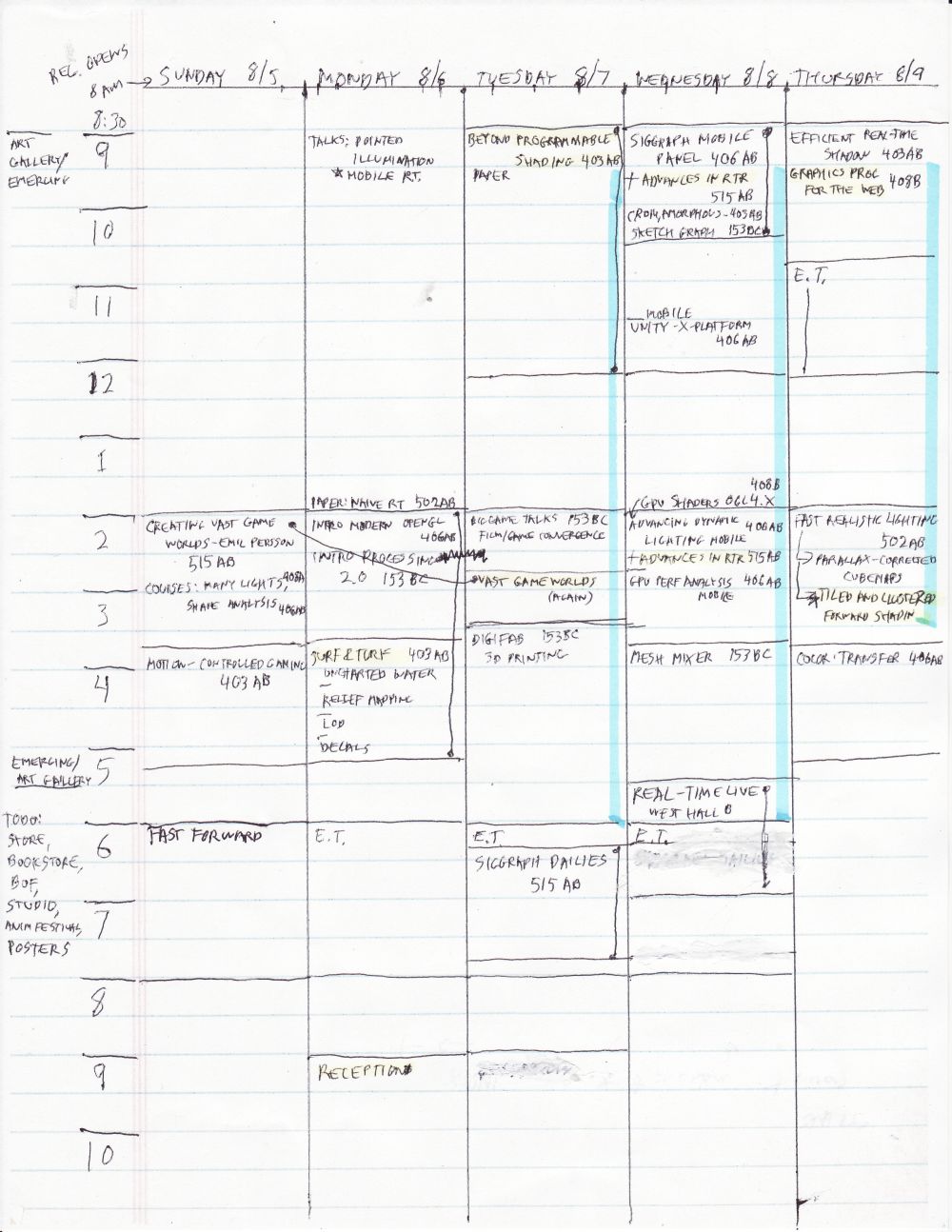This is my guaranteed-biased view of what I think is likely to be exciting at SIGGRAPH 2019, i.e., what I’ll be attending.
First, there are way too many ray tracing events, around 50 I’ve found so far (and that’s counting each of the eight SIGGRAPH courses having to do with ray tracing each as a single event). List at http://bit.ly/rtrt2019, which took me way longer to collate than I expected. Additions appreciated.
Of these, here are ones I won’t miss:
- Sunday 9am – 12:15pm, Room 152, SIGGRAPH Course: Are We Done with Ray Tracing? – answer’s clearly yes, so I’m attending for some career counseling.
- Monday 9am – 12:15pm, Room 408AB, SIGGRAPH Course: Advances in Real-Time Rendering in Games: Part 1, moderator: Natalya Tatarchuk, who says she’ll talk about ray tracing a bit (she’s at Unity Technologies)
- Tuesday 2pm – 3pm, Room 501AB, NVIDIA Presents: Optimizing and Deploying Ray-Traced Dynamic Global Illumination, Morgan McGuire. Rumor has it this should be a cool talk.
- Tuesday 2pm – 5:15pm, Room 403AB, SIGGRAPH Course: Open Problems in Real-Time Rendering – d’oh, it overlaps with Morgan’s talk, but I hope to catch the rest.
- Tuesday 6pm – 7:45pm, West Hall B, Event: Real-Time Live! – I kinda debated this one (there’s also the Cornell Dinner), but it includes ray tracing on mobile GPUs – that tips the scale.
There are a bunch of other courses and talks at other times I’ll be at, but these are the ones I’m particularly interested in and can attend.
Here is the “hmmm, many things are going on at once, which do I choose?” part of the conference:
- Monday 2pm – 5:15pm, Room 408AB, SIGGRAPH Course: Advances in Real-Time Rendering in Games: Part 2, moderator: Natalya Tatarchuk – always some great talks here
or
- Monday 2pm – 5:15pm, Room 501AB, NVIDIA Presents: GPU Ray Tracing for Film and Design – stuff I should know about for my own work
or
- Monday 3pm – 7:30pm, The Orpheum Theatre, 842 South Broadway, Unreal Engine SIGGRAPH 2019 User Group Meeting (register) – stuff I’d also like to know more about. Note you have to register in advance.
or
- Monday 3:30pm – 4:30pm, Room 406B, Intel Exhibitor Session: Ray Tracing with Intel Embree and Intel OSPRay: Use Cases and Updates – what’s up with Intel?
Here are the ones I can’t miss, since I’m involved:
- Emerging Technologies, Matching Visual Acuity and Prescription: Towards AR for Humans – Some next steps in lightweight AR. I didn’t work on this, but I’m helping out in the booth Sunday 1-5:30, so stop on by.
- Tuesday 10am – 10:25am, NVIDIA booth #1313, Booth Talk: A Fast Forward through Ray Tracing Gems – 32 papers in 25 minutes, so if I speak at 400 WPM I’ll be fine.
- Tuesday 11am – 12 noon, Room 507, Los Angeles Convention Center, Birds of a Feather: Ray Tracing Roundtable – I’m the “organizer.” This will be in a 60-person room with whoever shows up first and wants to talk informally about ray tracing R&D. No presentations or other planned activities – I give an intro, we quickly introduce ourselves, then real-time parallel processing happens. That is, it’s a cocktail party without the cocktails, or the party – just the talk, with whoever shows up.
- Wednesday 2pm – 5:15pm, Room 501AB, NVIDIA Presents: Ray Tracing Gems 1.1 – I’m chairing, and am looking forward to hearing these talks, which will include progress since the book was published (e.g., the new work presented at HPG).
- Wednesday 5:30pm – 6pm, SIGGRAPH bookseller, outside Room 403, Book Signing: Ray Tracing Gems – meet some of the contributors; you will be a sad panda if you miss it.
As far as evening activities go, as usual SIGGRAPH needs to have twice as many nights as it provides. For everyone, Sunday’s Fast Forward; Monday’s the sake party, Electronic Theater, SIGGRAPH Reception, and Chapters Party; Tuesday’s Real-Time Live; Wednesday’s the Khronos reception (and I don’t want to think of all the good Khronos presentations I’m missing that day). Plus all the parties I’m not invited to.
So, what cool things do I not know about and shouldn’t miss?






